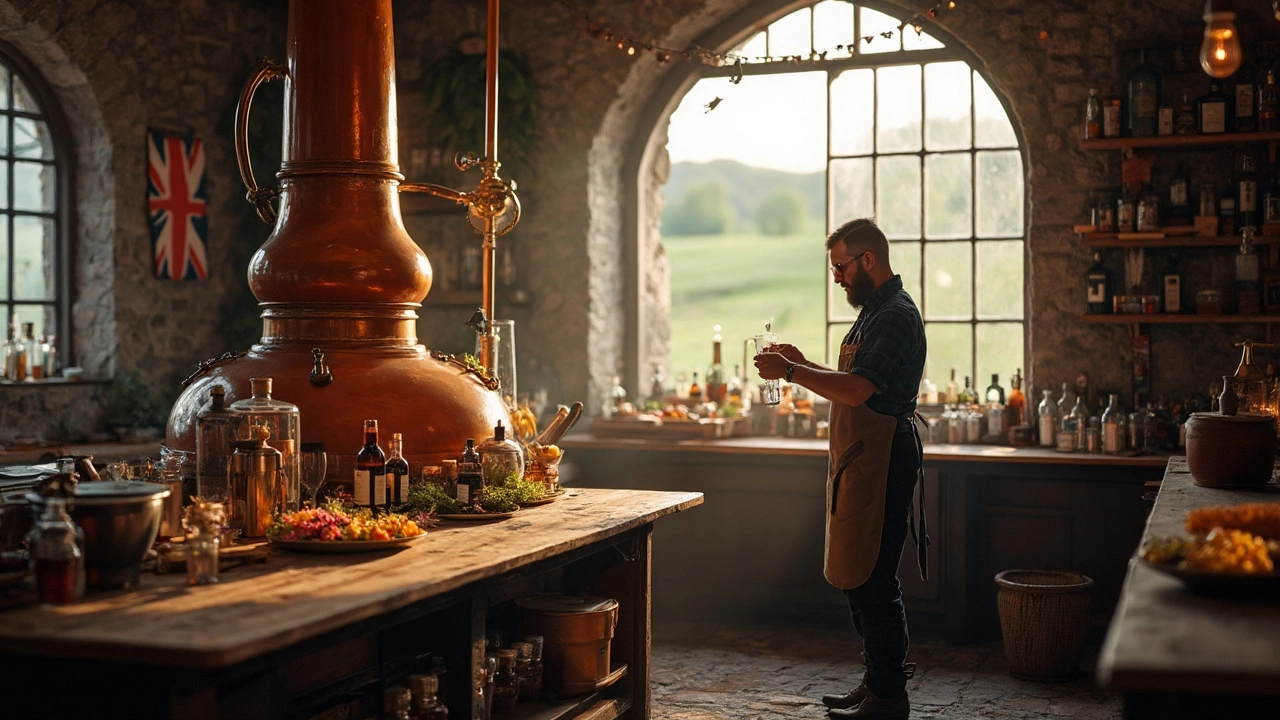Gin Price Guide: How Much Should You Pay for Your Favorite Gin?
If you’ve ever stared at a gin shelf and wondered why one bottle costs twice as much as another, you’re not alone. Gin pricing may look confusing, but it’s actually pretty straightforward once you know the basics. In this guide we break down what drives the cost, where to find good deals, and how to decide what’s worth your money.
What Affects Gin Prices?
First off, the ingredients matter. Premium gins use high‑quality botanicals like Madagascan vanilla, Sicilian lemons, or rare herbs that cost more to grow and transport. Cheaper blends often rely on bulk corn or wheat spirits and a handful of common botanicals.
Second, the distillation process adds value. Small‑batch or craft distilleries may distill each batch by hand, charge higher labour, and spend more on boutique equipment. Larger producers can run continuous column stills, which keeps costs down and prices low.
Third, the brand’s reputation plays a role. A name with a long history or a celebrity endorsement can command a premium even if the actual gin isn’t dramatically different from a cheaper version.
Fourth, packaging impacts the price tag. Hand‑blown bottles, fancy labels, and decorative boxes cost extra. If you see a gin in a heavy glass bottle with a gold foil seal, expect to pay more.
Finally, taxes and import duties influence the final price. A gin made in the UK will have different taxes than one imported from the US or Japan, and those costs get passed on to you.
Finding the Best Value Gin
Now that you know what pushes prices up, let’s talk about spotting a good deal. A solid rule of thumb is to compare the price per litre. Some premium gins are sold in 70 ml miniatures that look pricey, but the same gin in a 700 ml bottle often drops the cost per millilitre dramatically.
Look for awards and tasting notes. If a gin has won a respected competition (for example, the San Francisco World Spirits Competition) you can trust the quality even if the price is mid‑range.
Don’t overlook local craft brands. Smaller distilleries nearby may offer a unique flavour profile for less because they avoid shipping costs. Visiting a local tasting room can give you a quick sense of whether you like the gin before buying a full bottle.
Check online retailers for bulk discounts. Buying two or three bottles together can shave off 10‑15 % off the regular price. Keep an eye on seasonal sales, especially around holidays when many stores run promotions.
Lastly, match the gin to your intended use. If you plan to mix it in cocktails, you don’t need a super‑premium sipping gin. A well‑balanced mid‑price gin will work just fine in a gin‑and‑tonic or a martini. Save the high‑end bottles for sipping neat or for special occasions.
Bottom line: gin price isn’t a mystery. It’s a mix of ingredients, production methods, branding, packaging, and taxes. By checking the price per litre, scouting awards, and thinking about how you’ll drink it, you can find a gin that fits both your taste and your budget.
Ever wondered why Hendrick's Gin costs so much more than the usual bottle on the shelf? This article breaks down the real reasons behind that higher price tag. From production quirks and rare botanicals to small-scale distilling and killer distillery tours, there’s more to it than meets the eye. For gin fans and curious drinkers alike, you’ll get the practical scoop on what’s driving the cost. Plus, you’ll find smart tips for getting your money’s worth when visiting Hendrick’s or stocking your own bar.
View Details

